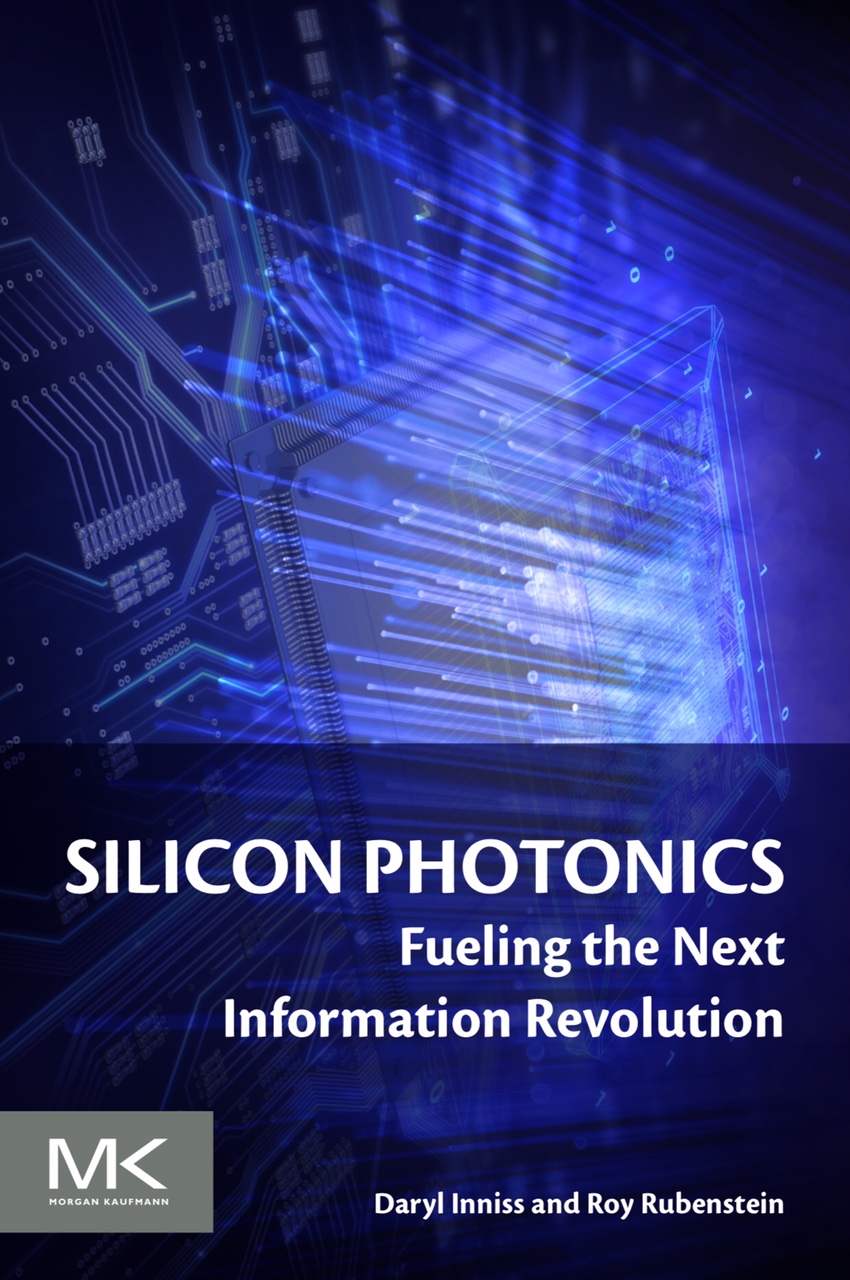FPGAs with 56-gigabit transceivers set for 2017
 Wednesday, June 29, 2016 at 7:10AM
Wednesday, June 29, 2016 at 7:10AM Xilinx is expected to ship its first FPGAs featuring 56-gigabit transceivers next year.
The company demonstrated a 56-gigabit transceiver using 4-level pulse-amplitude modulation (PAM-4) at the recent OFC show. The 56-gigabit transceiver, also referred to as a serialiser-deserialiser (serdes), was shown successfully working over backplane specified for 25-gigabit signalling only.
Gilles GarciaXilinx's 56-gigabit serdes is implemented using a 16nm CMOS process node but the first FPGAs featuring the design will be made using a 7nm process. Gilles Garcia says the choice of 7nm CMOS is solely a business decision and not a technical one.
”Optical module [makers] will take another year to make something decent using PAM-4," says Garcia, Xilinx's director marketing and business development, wired communications. "Our 7nm FPGAs will follow very soon afterwards.”
 56 gigabit,
56 gigabit,  Altera,
Altera,  FPGAs,
FPGAs,  OTN,
OTN,  PAM-4,
PAM-4,  Stratix 10,
Stratix 10,  Xilinx,
Xilinx,  data centres,
data centres,  serdes in
serdes in  OFC 2016,
OFC 2016,  semiconductors,
semiconductors,  silicon photonics
silicon photonics  Print Article
Print Article 







